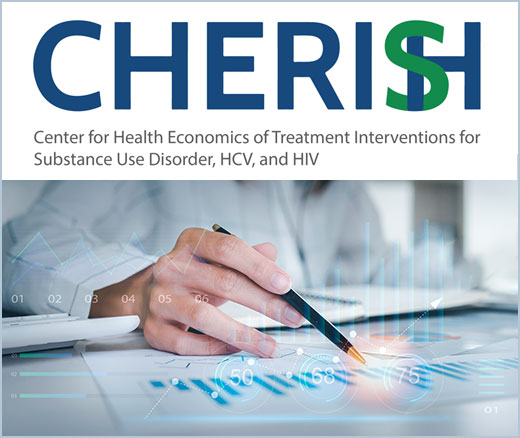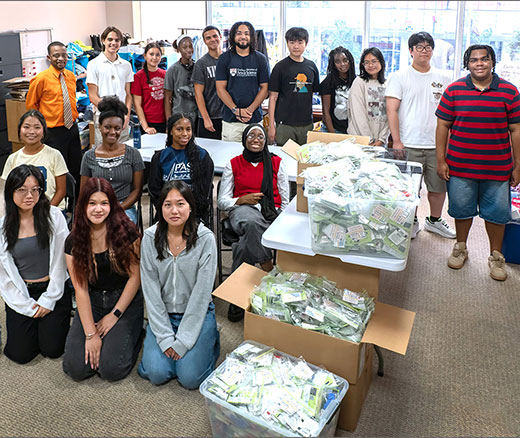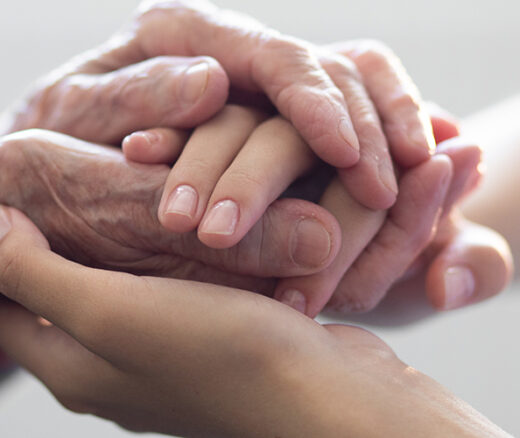
New Model Predicts Stimulant Overdose Risk Among Medicaid Patients
LDI Fellows Used Medicaid Data to Identify Individuals at Highest Risk for Cocaine- and Methamphetamine-Related Overdoses, Paving the Way for Targeted Prevention
Substance Use Disorder
In Their Own Words
The following excerpt is from an op-ed that first appeared in the Los Angeles Times on April 10, 2023.
When you receive a scary diagnosis — for cancer, heart disease or other serious illness — one of your first calls is probably to a doctor who can offer the full range of evidence-based care. But if your diagnosis were for opioid addiction and you came to see me, an addiction specialist, federal regulations written half a century ago would bar me from prescribing the most effective treatment: methadone.
The U.S. lost more than 100,000 people to overdoses in 2021 in a crisis now dominated by fentanyl and other synthetic drugs. That’s more than twice the number of deaths at the height of the HIV/AIDS epidemic in 1995. When officially tallied, overdose deaths in 2022 will also exceed 2020 levels.
Last month, the FDA made naloxone — the safe and effective drug that can reverse an overdose as it’s happening, of which Narcan is the best-known brand — available over the counter. If manufacturers set an affordable price, expanded access to naloxone could save countless lives. Expanded access to methadone would do the same.
In contrast to the fatalism with which opioid addiction is usually portrayed, it is treatable. People recover. Long term, the best treatment involves the opioid medications methadone or buprenorphine in addition to offering counseling or therapy, all part of a harm reduction approach that meets patients where they are in their relationship to drugs. Decades of research have shown methadone to be the most effective medication for addiction ever developed. Buprenorphine, a different long-acting opioid, is similarly effective. Both reduce overdoses and can reduce drug use, crime and HIV transmission. They save lives at a comparable rate as giving aspirin for a heart attack. I’d go as far as calling them miracle drugs.
So why are doctors like me still barred from prescribing methadone? If I want my patients to access this medication, I can only refer them to “opioid treatment programs” that offer methadone in highly structured environments. These clinics can be deeply therapeutic for some patients — but they are shockingly hard to find. There are fewer than 2,000 opioid treatment programs across the entire country, and as of 2018, 80% of U.S. counties lacked a single clinic. Patients lucky enough to live near one are required, also by federal regulation, to show up typically six days a week to have staff hand them their daily methadone and watch them drink it. Patients who miss a dose because of a snowstorm, last-minute job interview or family emergency have no other way to access methadone and are forced to struggle through painful withdrawal symptoms.
Read the entire op-ed here.


LDI Fellows Used Medicaid Data to Identify Individuals at Highest Risk for Cocaine- and Methamphetamine-Related Overdoses, Paving the Way for Targeted Prevention

Penn and Four Other Partners Focus on the Health Economics of Substance Use Disorder

Penn Medicine’s New Summer Intern Program Immersed Teens in Street Outreach Techniques

LDI Experts Offer 10 Solutions to Get More Help to Seniors With Addiction

More Flexible Methadone Take-Home Policy Improved Patient Autonomy
Research Brief: LDI Fellow Recommends Ways to Increase Availability